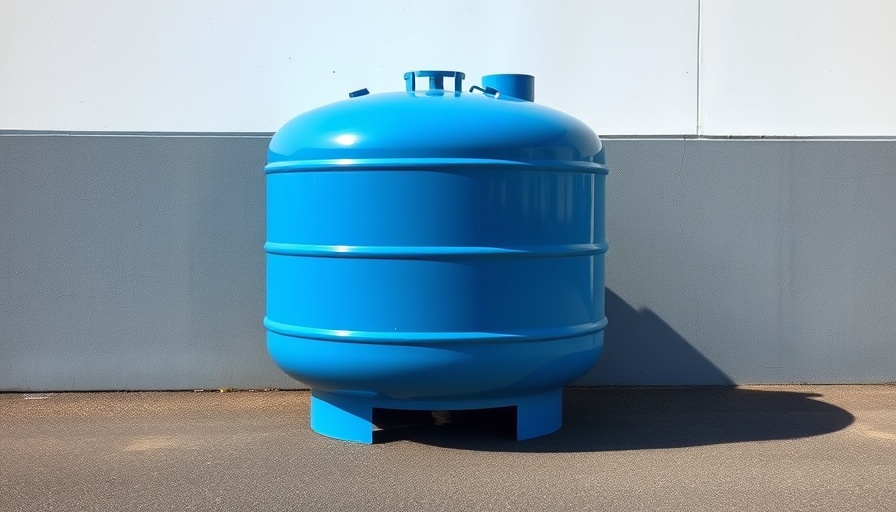
Why Winter Garage Storage Matters
As winter approaches, the importance of savvy storage in garages cannot be overstated. For homeowners in Folsom and El Dorado Hills, where DIY projects are a beloved pastime, understanding what to store and what to avoid is essential. An uninsulated garage can expose items to conditions that degrade them over time. Think of your garage as an outdoor shed: If something wouldn't withstand freezing temperatures outside, it should not be stored within those four walls.
Top Items to Keep Out of Your Garage This Winter
Home safety experts highlight a range of items that should never be kept in the garage during winter months:
- Propane Tanks: Storing propane tanks in a garage can create significant fire risks. House cleaning expert Petya Holevich emphasizes that these tanks should be kept outside, securely upright to prevent leaks.
- Gasoline: As noted in the Family Handyman article, fluctuations in temperature can lead to the expansion and contraction of gasoline containers, posing a rupture risk. Fuel should ideally be consumed before storing equipment for the winter.
- Paint and Solvents: Cold temperatures can thicken or destabilize paint, making it unusable once spring rolls around. To preserve your finishes, store paint inside your home, in a controlled climate.
- Oily Rags: These can spontaneously combust if piled up, making them a dangerous item to forget about in your garage.
- Food Supplies: While having emergency food stored is wise, freezing temperatures can ruin canned goods. Consider moving food into the house to maintain quality.
Enhancing Garage Safety This Winter
Incorporating proactive measures is pivotal in winterizing your garage. Insulation, weather stripping, and routine checks on garage doors can combat the cold and keep both belongings and family safe. Simple practices such as draining the water from pressure washers, as suggested by PremierGarage, ensure that plumbing setups do not burst and cause damage during the frost.
Conclusion: Prepare for a Safe Winter
For homeowners who value both DIY home improvement and safety, taking charge of your garage storage is crucial for maintaining the integrity of your belongings and ensuring a safe environment. Always reconsider your garage storage choices as winter rolls in.
As part of your winter preparation, take the time to evaluate your garage storage habits and make necessary adjustments. Understanding the importance of proper winter storage can save you time, resources, and the headache of dealing with damaged items in spring!
 Add Row
Add Row  Add
Add 




Write A Comment